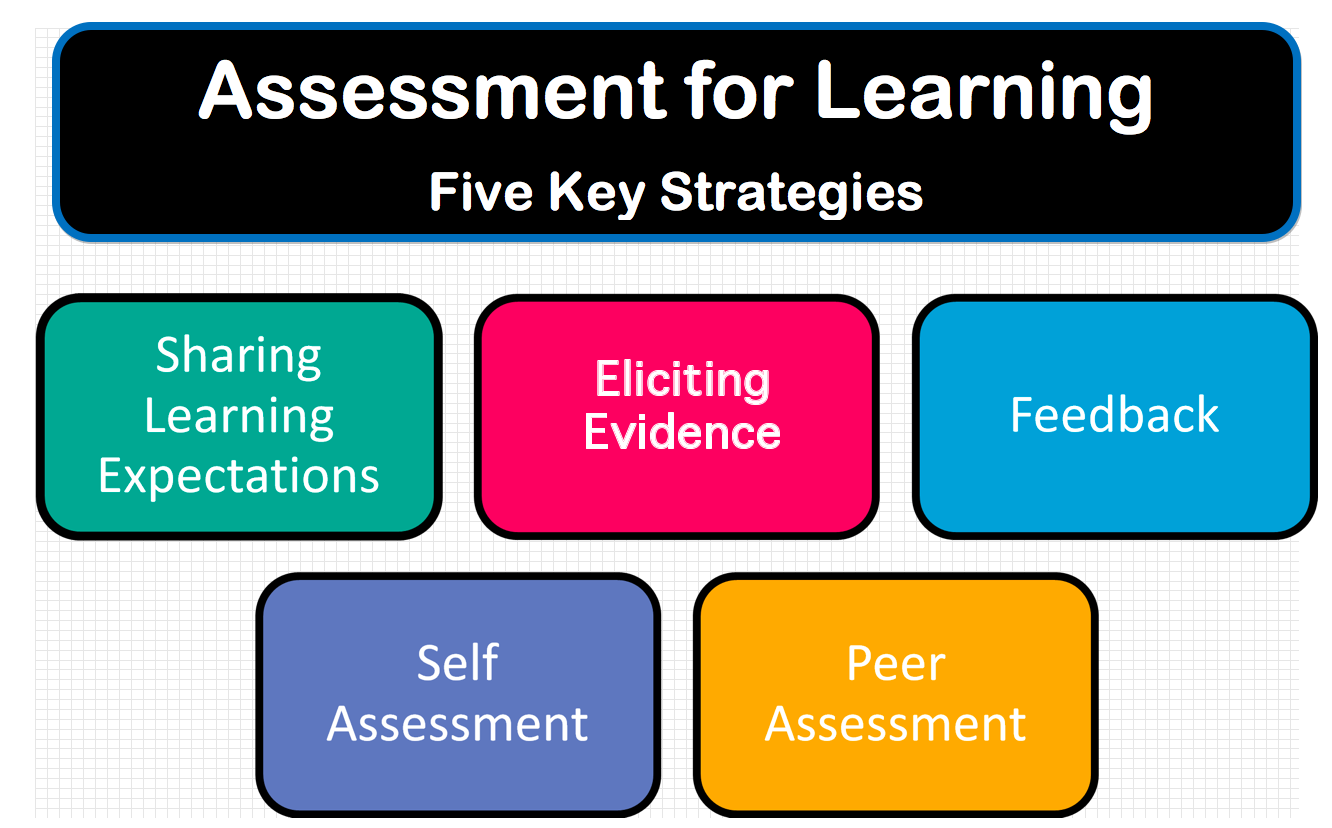Assessment is the latest educational buzz topic. As is customary in a profession in order to become proficient at something we must take it out of the realm of hit or miss and become mindful of what we do so that we can put into effect what needs to be done when it needs to be done. We are all familiar with summative assessment because we all grew up with end of unit tests. Take a test at the end of learning something to show you’ve learned it, or not, and that’s that. Along the way educators used a variety of techniques to make sure their students were learning the material and made adjustments as needed to ensure a high number showed mastery on the final exam. At least that’s what should have been happening. Hence the awakening (reawakening?) of formative assessment. Now there are books, sites and resources to help us do what we’ve been doing informally all along. Questioning students and taking polls with a raise of hands are techniques we’ve all used in our classes but read the book, Science Formative Assessment: 75 Practical Strategies for Linking Assessment, Instruction, and Learning by Page Keeley, for example, and you can find many more great techniques to choose from. And what’s better we can use formative assessment techniques deliberately. That’s what makes us professional educators, doing something because it helps our students learn.
In case you weren’t sure what formative assessment is all about there is the phrase Assessment for Learning, or AfL, as opposed to Assessment of Learning (AoL?), which is summative assessment. Ah but there is a difference between formative assessment and AfL. AfL is more frequent formative assessment. Formative assessment can be long cycle, between units, medium cycle, within a unit, or short cycle, daily. AfL is short cycle, day to day or minute to minute assessing of students. It’s like I told my students when I went gradeless, “I’m not going to grade you anymore but I’m still going to assess you regularly.†AfL is most effective when done on a regular basis and often. My school has a strong middle and high school Math and Science Professional Learning Community team (PLC). We’ve had the opportunity to work together for years now due to our work with our region’s Olympic Math and Science Partnership (OMSP). OMSP provides our district with the funds necessary to get subs so that our PLC can meet and work on improving Math and Science 6-12! Aside from ensuring that we have time to meet throughout the school year OMSP also hosts leadership training and content and pedagogical PD. This past school year’s theme was AfL so the materials I’ll be sharing in this blog come, with permission, from OMSP (Click on the different Assessment for Learning links for all the resources we got). Here is what OMSP gave us as a reason for undergoing the process of AfL: Practice in a classroom is formative to the extent that evidence about student achievement is elicited, interpreted, and used by teachers, learners, or their peers, to make decisions about the next steps in instruction that are likely to be better, or better founded, than the decisions they would have taken in the absence of the evidence that was elicited. ~Black and Wiliam (2009)
AfL includes the following five strategies pictured here. Formative Assessment Classroom Techniques (FACT’s, gotta love the acronyms, huh?) are used to support these five strategies and the 75 FACT’s in Science Formative Assessment: 75 Practical Strategies for Linking Assessment, Instruction, and Learning are good for any subject, not just Science.
Let’s look a little more closely at each strategy.
1. Sharing Learning Expectations
2. Eliciting Evidence (formerly Questioning)
4. Self-Assessment and 5. Peer Assessment








































































